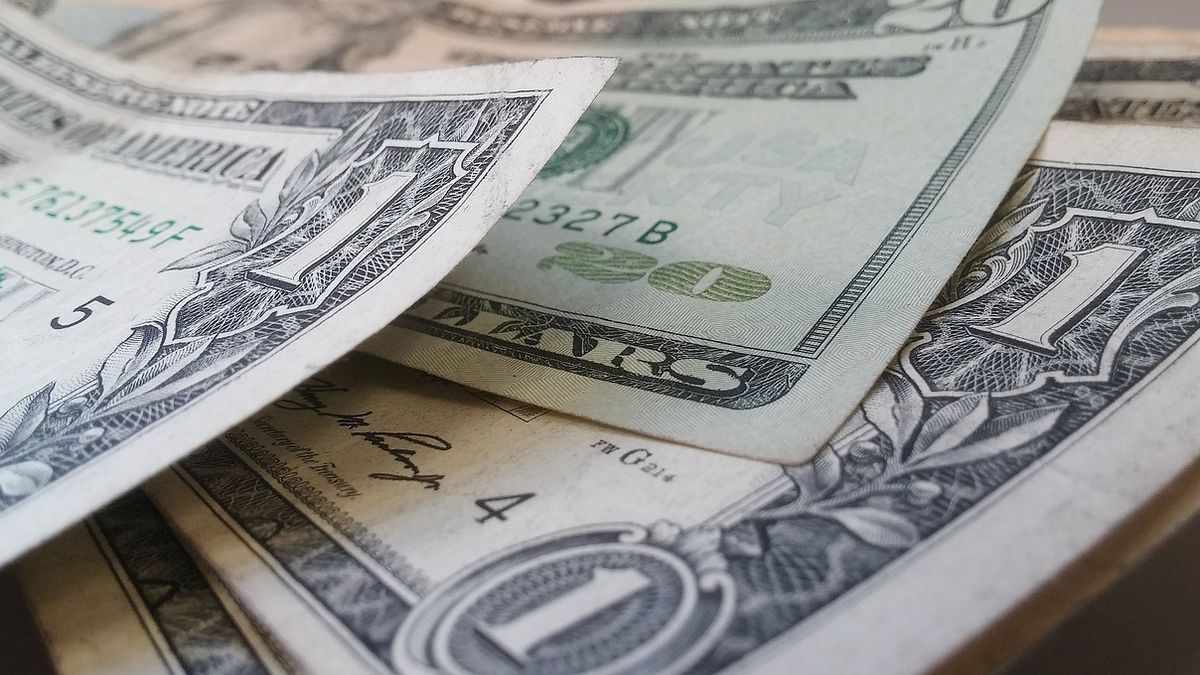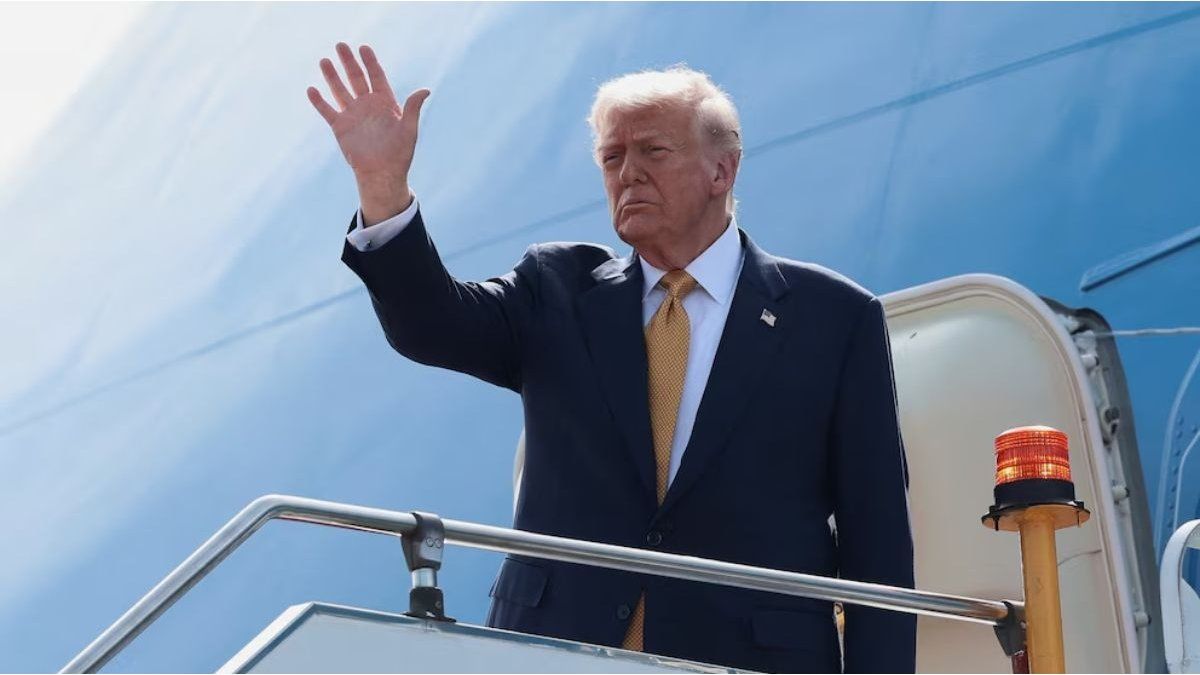After a black June, the dollar maintains a positive balance so far in July, although the interannual variation is 9.64% downward.
He dollar in Uruguay It advances in July with a variation that remains positive despite some significant setbacks such as the one on Friday, but it continues to generate uncertainty as to whether it will manage to recover the drop of 5.03% that it has in 2023.
The content you want to access is exclusive to subscribers.
The dollar began the week with a rise of 0.08% compared to Friday’s session —which had closed 0.44% lower— and traded at 38.055 pesos, according to official data from the Central Bank of Uruguay (BCU). With this behavior, the US currency seems to consolidate in the 38-peso range after several weeks in June at the 37-peso mark; and accumulates a positive balance of 1.73% so far this month.


Although the increase is modest compared to the depreciation in relation to the end of 2022 (5.03% downward), and even more so if compared in year-on-year terms, with a drop of 9.64%the change in trend could be strengthened by a new drop in inflation in July —after two consecutive months of improvement in the Consumer Price Index (CPI)— and the possible new cut in reference interest rates by the BCU.
The factors that hold back the dollar
Beyond these positive inflation data and a lower Monetary Policy Rate (MPR)In the current scenario, there are other factors that seem to be holding back the rise of the dollar or that, in any case, are contributing to its retreating more than it is advancing.
The most worrisome is behavior of the US currency globally, while last week it weakened to its minimum in the last 15 months. The reason is found, mainly, in the possibility that, finally and after knowing the inflation figures that are more positive than expected, the United States Federal Reserve (Fed) do not carry out the two pending rate increases announced for this year.
In this sense, some of the main market operators said that Dollar Poised to Take Further Losses as American Exceptionalism Fades. So it is inevitable that the declining currency will have its correlated in the local exchange market.
In the same way, and at the national level, we do not lose sight of the significant inflow of dollars from the investments that come to the country —with the green hydrogen plant in Tacuarembó as the largest in history— and the improvements at the general level of macroeconomic indicators that support confidence in the peso and in the country’s economic management, already supported by the most important rating agencies.
Source: Ambito




